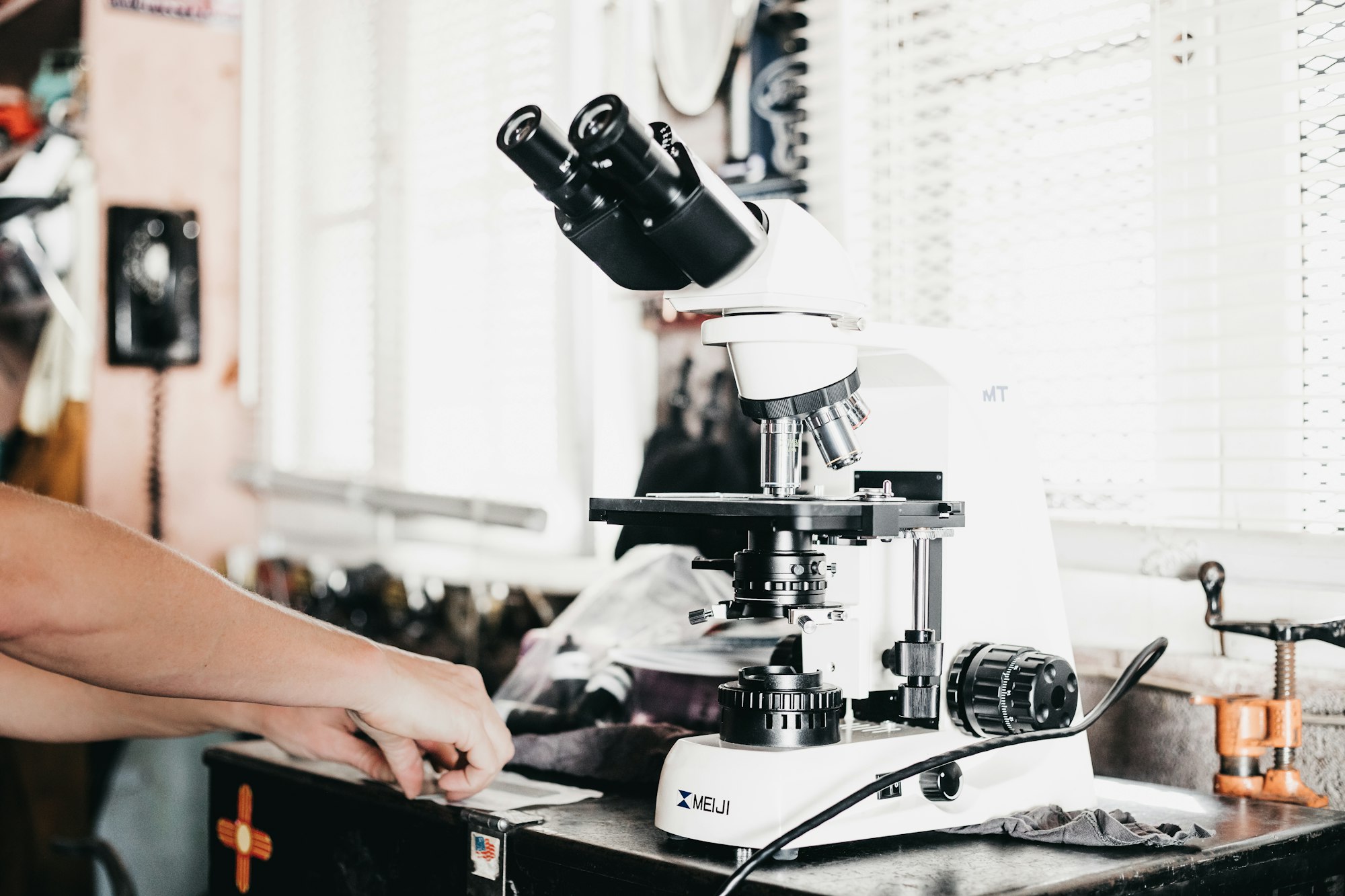The Flipped Learning One-Year-Plan

Recently I enjoyed giving a flipped learning workshop to faculty at George Washington University. This took place just a few days before the start of Fall semester. Usually with workshops, the hope is that faculty will take what they've learned in the workshop and put it to work right away in their classes. But actually, I have been warning faculty to do the opposite: don't implement flipped learning right away. Instead, give yourself a year.
The reason is that, while flipped learning doesn't necessarily cost a lot of money, it does entail expenses in time and energy that, like payments on a mortgage, have to be spread out in order to be manageable. If a faculty member tries to go all-in on flipped learning just weeks after learning about it, the experience is likely to end poorly. Just ask me. In my book, I describe in detail how my first flipped learning experiment failed badly, in no small part because I tried to implement it right away without giving myself time and space to prepare.
At GWU, I proposed a One-Year Plan for converting one course into a complete flipped learning model. Under this plan, a faculty member who is interested in flipped learning, and who has a course in mind to flip, can start in the fall, work through the spring semester (here in Michigan, we call it "Winter" semester) and then finish up in the summer and in one year have a completely flipped design for the entire course, carefully researched and planned.
Phase 1: Fall semester
We begin one year away from actually flipping an entire class. The main goal in this phase is to build habits of active learning and formative assessment that are at the core of flipped learning. During this semester:
- Make a goal to include active learning elements in every class meeting (except for test days and the like). This means that every class meeting (except test days, etc.) should somehow involve students actively in the construction of their own understanding of the material, beyond taking notes and asking questions. There are many simple ways to do this: short quizzes inserted at key points in a lecture, think-pair-share exercises, one-minute papers at the end of a session, and more. Start small if you need to and aim to increase the amount of active learning your students do as the semester progresses and as you get more comfortable using active learning.
- Make a goal to include formative assessment in every class meeting (except for test days and the like). This just means that you should not simply present material and have students engage with it, but rather measure what students know as they are learning a concept. Again, there are simple ways to do this: short ungraded quizzes, one-minute papers, clickers, and so on.
- Then, make a habit of actually using the formative assessment data you collect. The purpose of formative assessment is to gather data about student knowledge "in the moment" so that you can make adjustments to your teaching. Make a real effort to make adjustments when necessary. Especially, consider whether you should be teaching differently if the data are consistently showing that your present method isn't getting the job done.
Just doing these three things on a regular basis will, I believe, bring about major improvements in student learning in your classes. But there's more to this phase of the one-year plan:
- Make plans to flip between one and three individual lessons during the semester. These should preferably be in the last half of the semester. This is your "pilot study" as you look forward to flipping a whole course a year from now. Pick out lessons that seem like they'd especially benefit from flipping --- for example a lesson with a lot of terminology or informational content that you normally have to plow through in a lecture, leaving little time for application or synthesis activities in class. Pick those lessons; start creating materials for it early; and make plans to flip those. (See "Reading List" below for a guide.)
- For each of the 1-3 lessons you flip, get student feedback on how it went and make a note of anything that went particularly well or particularly poorly. Ideally if you flip more than one lesson, you can use the feedback from the first lesson to improve the second, and the second to improve the third. This is another good habit to nurture: Getting frequent informal student feedback and making changes to your teaching as a result.
Finally, read the following this semester:
- One of the following: Make It Stick: The Science of Successful Learning or Small Teaching. Both are great books that focus on simple improvements that any teacher can implement easily, , right away, and for little to no cost.
- Seven Steps to Flipped Learning Design. This is a workbook that I created for the workshops I give that lays out a step-by-step process for designing a single flipped learning lesson in a course. In my workshops, we work through the whole thing to arrive at a single flipped lesson. The workbook can help you do it on your own.
Phase 2: Spring (Winter) Semester
At this point you hopefully will have become a regular user of active learning and formative assessment, and flipped a handful of individual lessons and gotten student feedback. The main goal of Spring (Winter) semester is to flip the final 1/3 to 1/4 of a course. Here we are thinking about 3-4 weeks of a course. Do the following:
- Continue using active learning and formative assessment in every class, along with frequent informal feedback from students, and make corrections in your teaching when the data call for it.
- Plan on flipping the final 3-4 weeks of your course. You can do this using a "gradual release of responsibility" model, which goes like this: The first four weeks of the course are traditionally structured. Then the second four weeks involve a small amount of flipping --- for example, have students do a little bit of preparation before class, and remove that material from your planned lecture, and then quiz them over it when they get there, then use the extra time for active learning. Then just gradually ramp up the amount of preparation you assign to students, until by week 8-10 the entire course is flipped.
- As you are working with the flipped final 3-4 weeks remember to get student feedback regularly on what's working and what isn't, and make adjustments.
In this phase there are also some forward-looking tasks for the big leap to a fully-flipped course in the fall:
- Start preparing any homemade materials you want to use in the fall. Especially, if you plan on making your own video content for the fall, start NOW. Video-making is a time-consuming process and you do not want to start in August. Start in February and give yourself six months instead. (Also remember that you do not need to make or use videos.)
- You can share your flipped learning experiences in the fall by collecting data on student performance and writing it up as a paper submitted to a journal that publishes scholarship of teaching and learning (SoTL). If this interests you, and hopefully it does, take the Spring (Winter) semester to read about SoTL research, read research done in flipped learning, and, especially, write up and submit a proposal to your university's Institutional Research Board. Almost all SoTL projects require some form of IRB approval because they involve human subjects. Most SoTL projects end up in the Exempt category and are quickly processed, but still there could be a long line of research proposals that the IRB has to consider before they get to yours. If you want to make your flipped course into a SoTL project, don't wait until August to write a proposal. Do it now.
- Also in the spring semester, get connected with communities of practice where flipped learning is discussed. A great example is the Flipped Learning Slack community which is open to all (although you must request membership) where flipped learning issues are regularly and vigorously discussed. There are others; perhaps you could even start a group on your own campus. Plug in and start making a network that you can leverage in the Fall.
- OPTIONAL: Get a certification from the Flipped Learning Global Initiative. The FLGI's certifications consist of a series of videos that teach you all about the ins and outs of flipped learning and could be useful in a number of ways. (Disclosure: I am a research fellow for the FLGI.)
Finally, read the following this semester:
- Whichever one of Make It Stick: The Science of Successful Learning or Small Teaching you didn't read in the fall. (Good idea: Form a reading group with your flipped learning social network that you've formed.)
- I humbly suggest my book Flipped Learning: A Guide for Higher Education Faculty as a good thing to read at this point. A big part of the book is an expansion of the Seven Steps workbook, so really you've read pretty much 1/4 of it already.
Phase 3: Summer
During the summer the main goal is to get the Fall flipped course totally ready to launch. Do the following:
- Finish making all learning materials like videos, activities, projects, etc. Faculty love to put things off until the last possible moment, but don't do that here. Videos made hastily suck; and they take more time than if you make them earlier because you make mistakes when you are under pressure. Get those things done before school starts.
- Also finish the syllabus -- which is more important than usual here because in the syllabus you'll need to think about how you are going to explain your flipped learning structure to students.
- If you are doing a SoTL study in the fall, get anything prepared that needs to be prepared (interview questions, measurement instruments, etc.)
I don't recommend preparing more than two weeks' worth of lessons for your flipped course in the summer. That's because, as Mike Tyson once said, everybody has a plan until they get punched in the face. That is, your flipped lesson plans may be expertly designed, but you may have to make major changes to your lessons and methodology once you actually deploy them to students. Make the materials well in advance but don't over-plan the lessons.
Launch
Then, when August rolls around, the magic happens. Students arrive and they get a great learning environment where active learning is king, you have real data in real time on their progress, and they are getting the maximum amount of help just when they are encountering the greatest difficulty. This is what flipped learning is all about.
This plan is just a suggestion, of course. It can be accelerated by people with more experience or slowed down by those who need a more gradual approach. It can be modified wholesale or completely ignored. A gradual approach is best, though, and by taking your time, you won't burn you or your students out.


